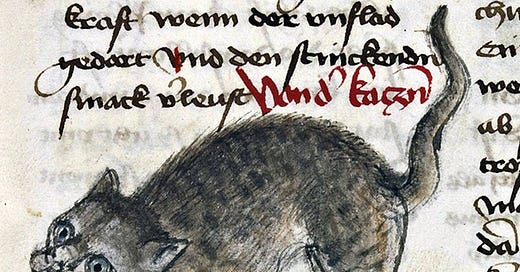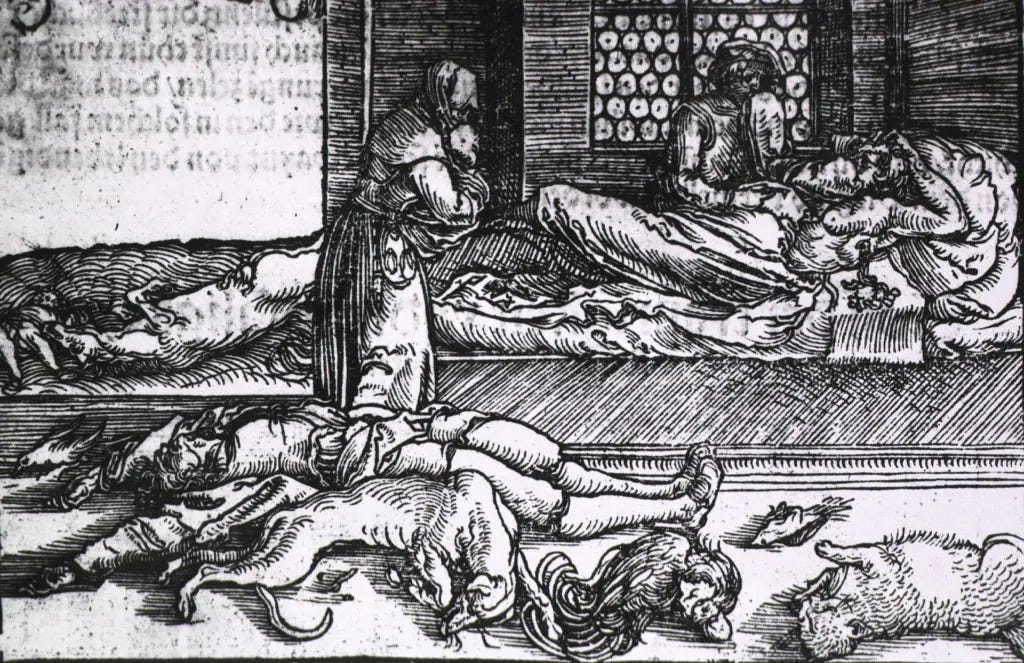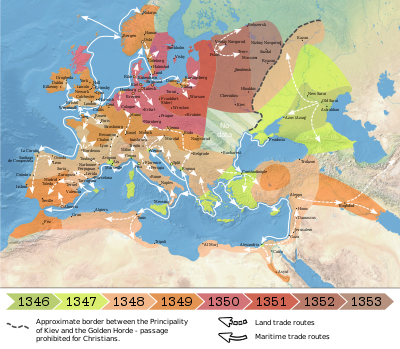A Whackadoodle History: Pope Gregory IX, Vox in Rama, Cats, and the Black Death
How one man's decree in 1233 led to the widespread persecution and vilification of cats throughout Christendom. If this story is not an example of the Power of Belief, I don’t know what is.
For ten years, I ran an after school tutoring program at a local non-profit. It was a great place. We had a gym, a large swimming pool, a student garden, a field large enough for football practice, several buildings that had stood for a hundred years, and lots, and lots of feral cats.
The cats were adored by some, tolerated by others, and accepted by all as part of the family. Accepted that is until we got a new CEO who decided the cats had to go. She called the Humane Society and got them all carted off. Not for trap and release, just carted off. Pretty much a death sentence for feral cats. She was so proud of her accomplishment. I don’t think she every realized how angry her actions had made many of her employees.
Funny thing is, within two months, we were overrun by rats. The maintenance lady started trapping three or four a night.
Which brings me to Pope Gregory IX (1227-1241) and his decretal entitled Vox in Rama. For those of you who don’t know what a decretal is, it’s a fancy Latin word for decree. The official definition is “letters of a pope that formulate decisions in ecclesiastical law of the Catholic Church.”
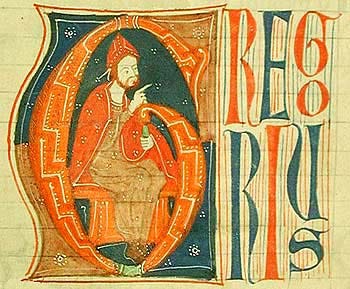
The Vox in Rama was a decretal sent by Pope Gregory IX in June 1233 condemning the heresy of Luciferianism, or the worship of Lucifer, said to be rife in Germany, and authorizing the preaching of a crusade against it. Within the decree, Pope Gregory described a typical satanic rite:
The bull describes in detail the initiation rites of the sect, claiming that the potential initiate is first approached by a mysterious toad as large as a dog. Shortly afterwards an emaciated pale man would appear, whom the initiate would kiss and thereby forget all memory of the Catholic faith. Members of the sect would then meet for a meal. When the meal had ended, the sect would arise and a statue of a black cat would come to life, walking backwards with its tail erect. First the new initiate and then the master of the sect would kiss the cat on the buttocks.
Sources:
Vox in Rama - Wikipedia
Engles, Donald W. (2001). "Appendix III: Pope Gregory and the Vox in Rama". Classical Cats: The Rise and Fall of the Sacred Cat. Routledge. p. 183. ISBN 0415261627.
The long-term effect of this degree was to reshape the view of the cat in European society in general, morphing it from a pagan sacred animal into an agent of hell. As accusations of witchcraft began to spread amongst the ordinary people, often as a way of settling grudges or seizing property, cats began to be used as proof of satanic association. This demonization led to the widespread, violent persecution of cats in general, black cats in particular. By 1300, there were about as many cats in Europe, as were left at my old after school job.
You might remember the legend of the Pied Piper.
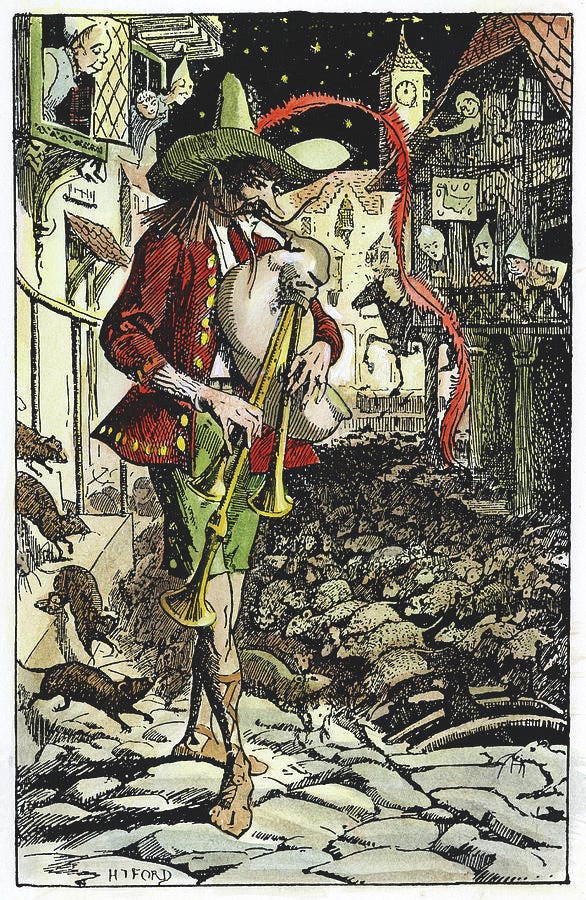
In the year of our lord 1284, the village of Hamlin hired a Piper to rid their town of rats. When the village refused to pay him, he lured their children away as well. When you think about it, the village might not have needed to hire him, had the village welcomed cats.
Do you see where I am going with this?
Although the exact origin of the The Black Death remains disputed, it is clear that by 1346 the bubonic plague was spreading along trade routes throughout the Mediterranean Basin and reaching North Africa, Western Asia, and the rest of Europe via Constantinople, Sicily, and the Italian Peninsula. It was most likely carried by fleas living on the black rats that travelled on Genoese ships.
The map below shows which areas of Europe were infected by year. It has been estimated that between the years 1346 and 1353, more than half the population of Europe died. Some historians place the estimate closer to three quarters of the population. To put it in perspective, imagine a dinner party with twelve people. Now imagine that between six to eight of them will die of the plague, leaving only four to six survivors.
Why it spread so quickly throughout Europe is also disputed. Some historians believe that once the flea infested rats carried the plague ashore, the plague must have mutated to a pneumonic plague, able to pass from person to person, and no longer needing flea infested rats to spread the disease. Other historians believe it was the absents of cats controlling the the rat population which enable the plague to spread so quickly. Perhaps it was a combination of both.
What can be certain is that one man’s decree in 1233 led to the widespread persecution and vilification of cats throughout Christendom.

If that’s not an example of the Power of Belief, I don’t know what is.
It’s also a pretty good example of the Power of Cause and Effect.
P.S. If you believe everything in this article, check the date I posted it, and click here to find out which parts are true and which parts are for April Fools.
And now for your enjoyment and edification, I present to you:

